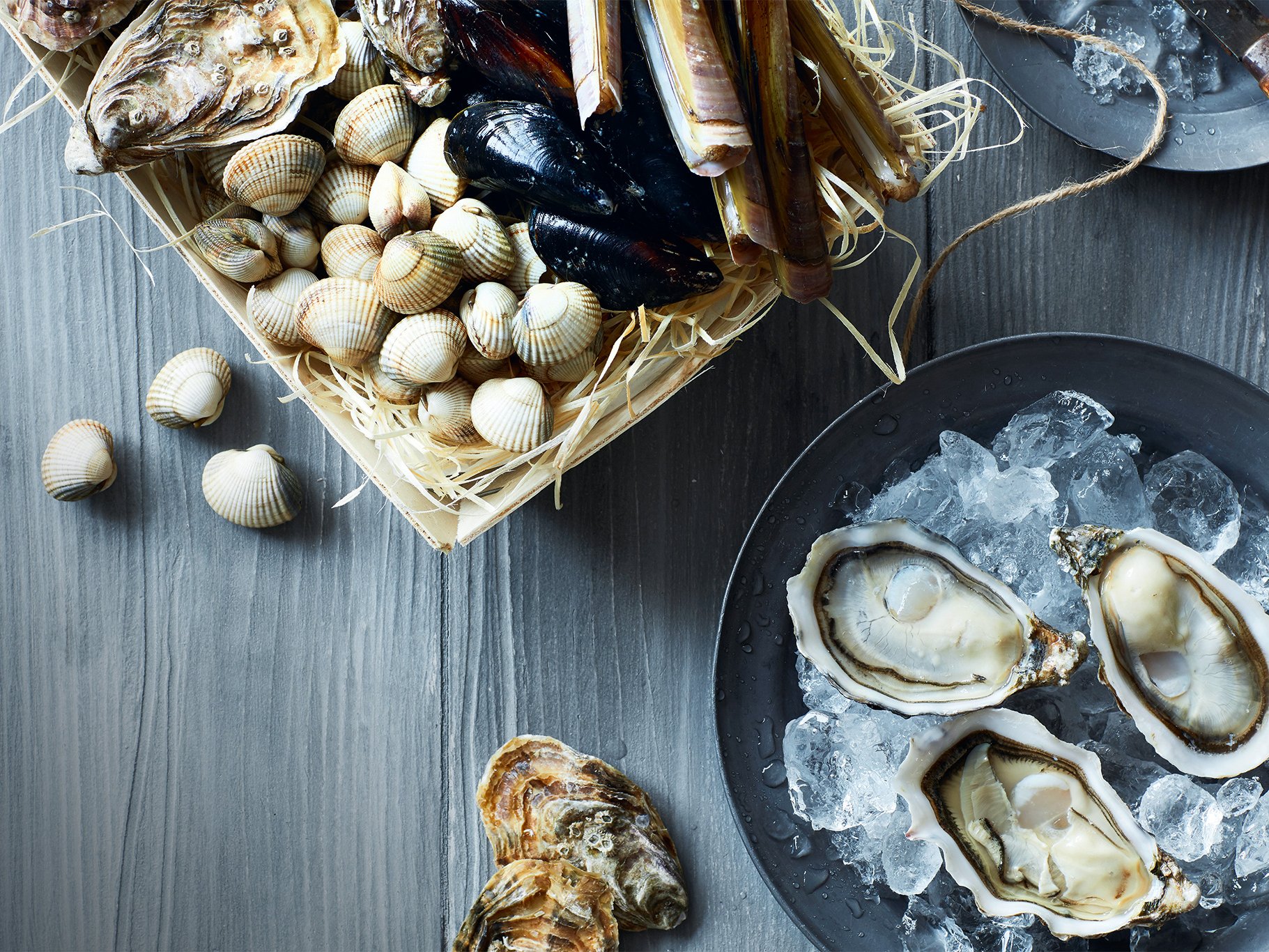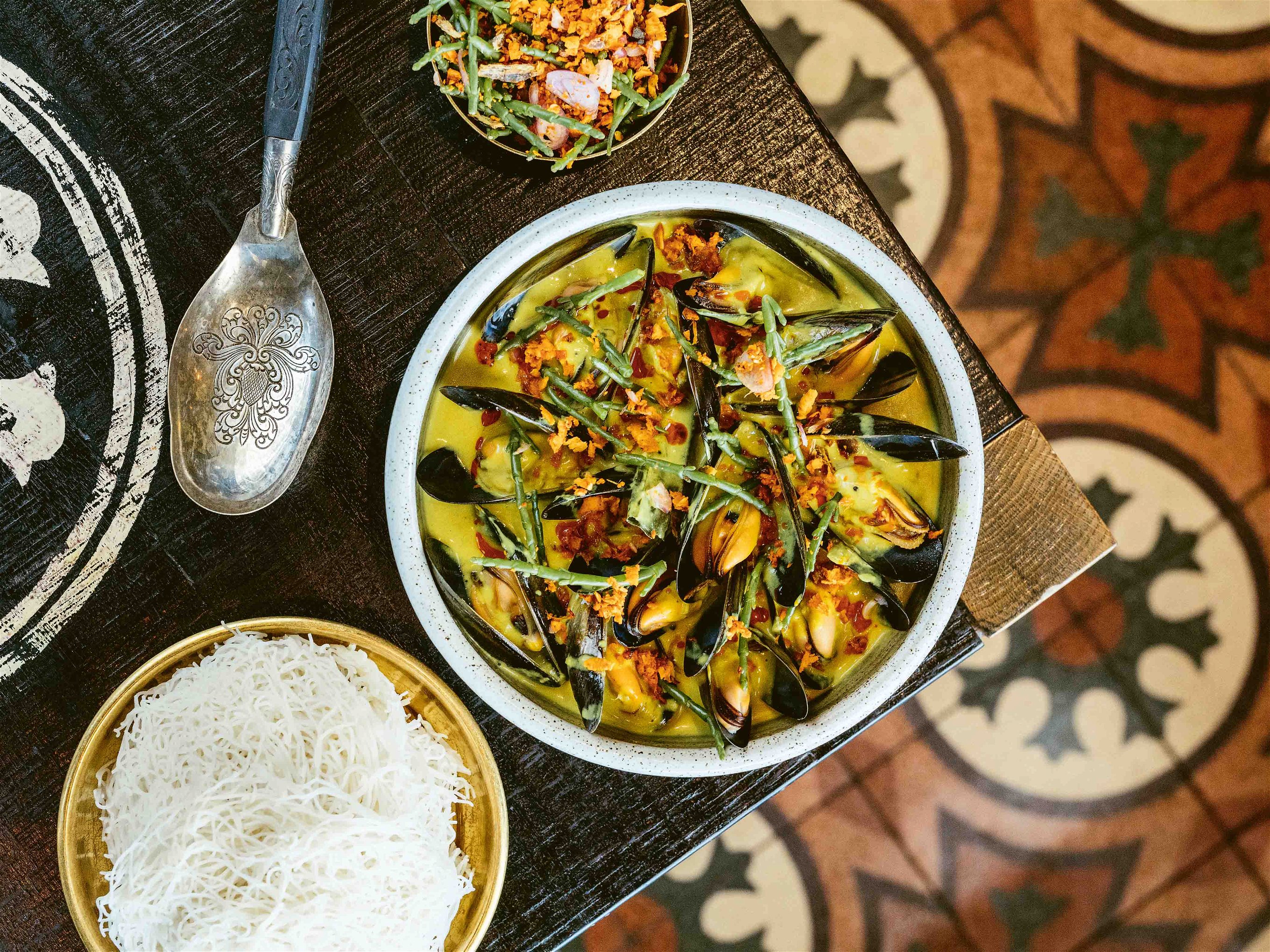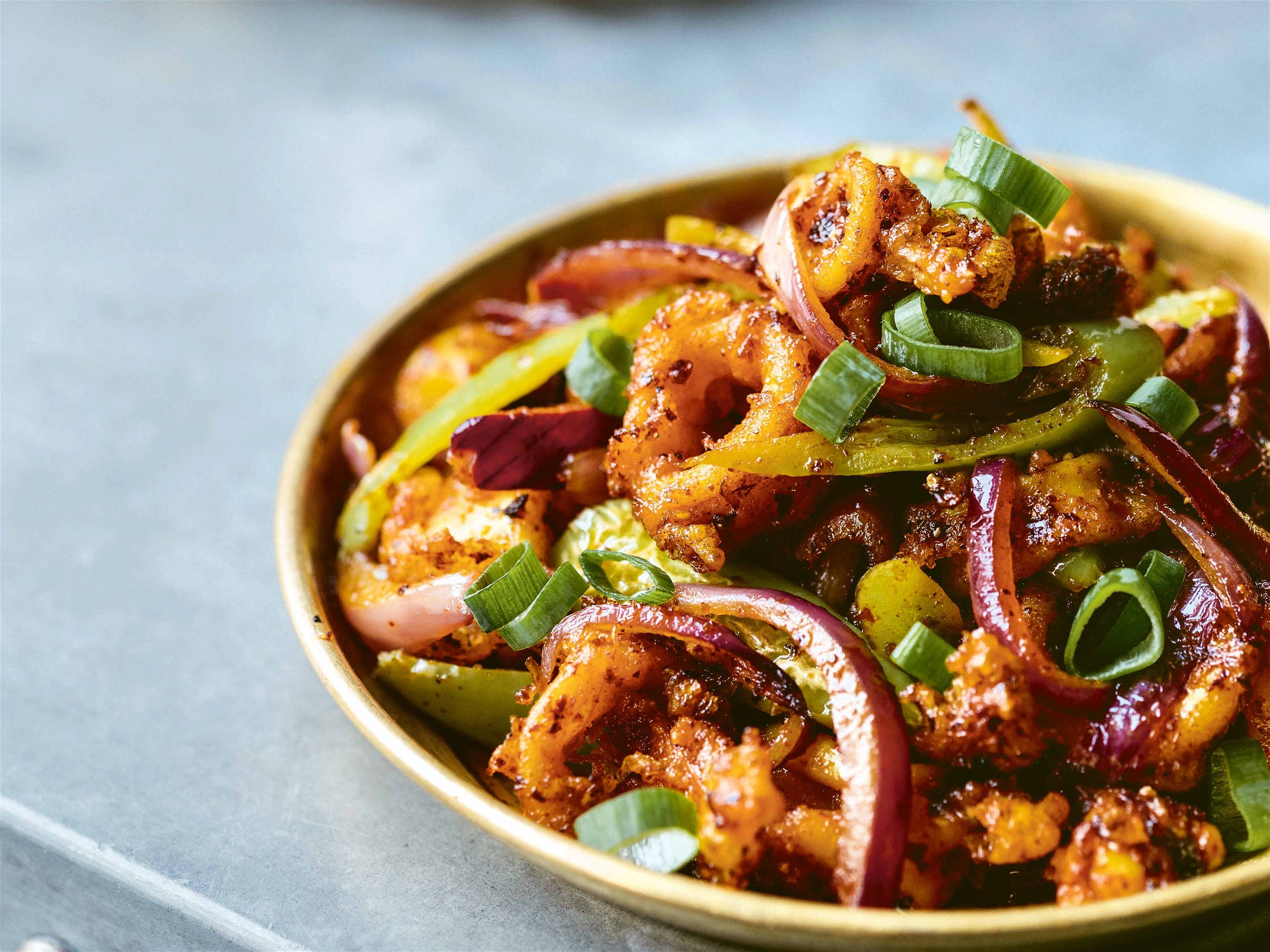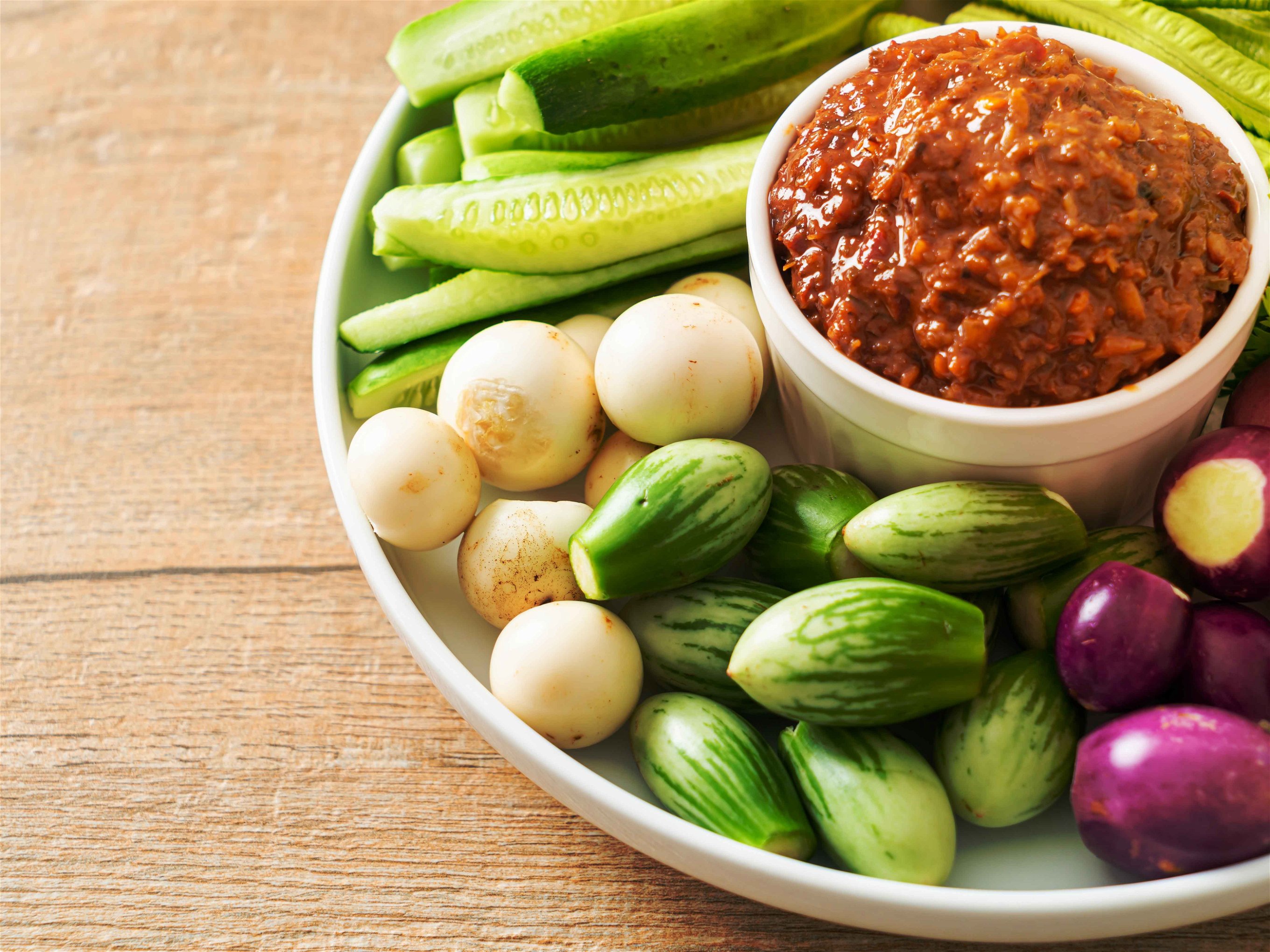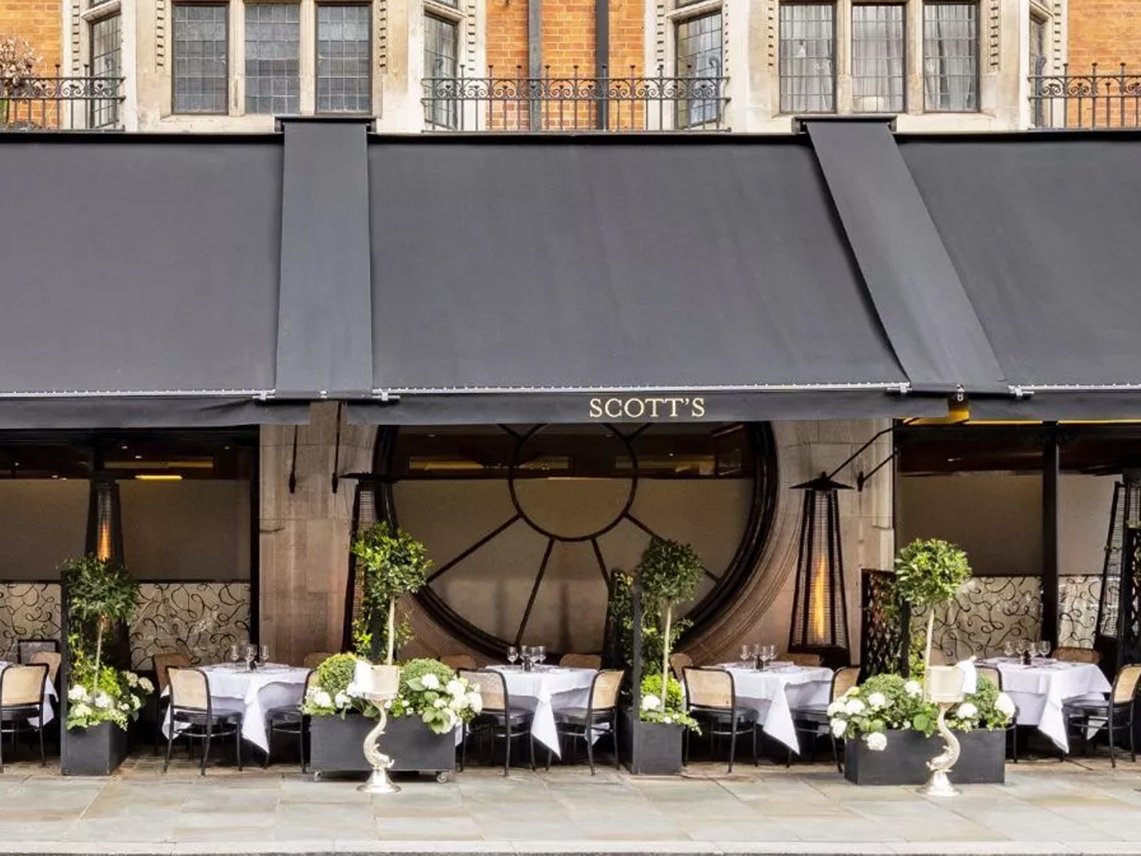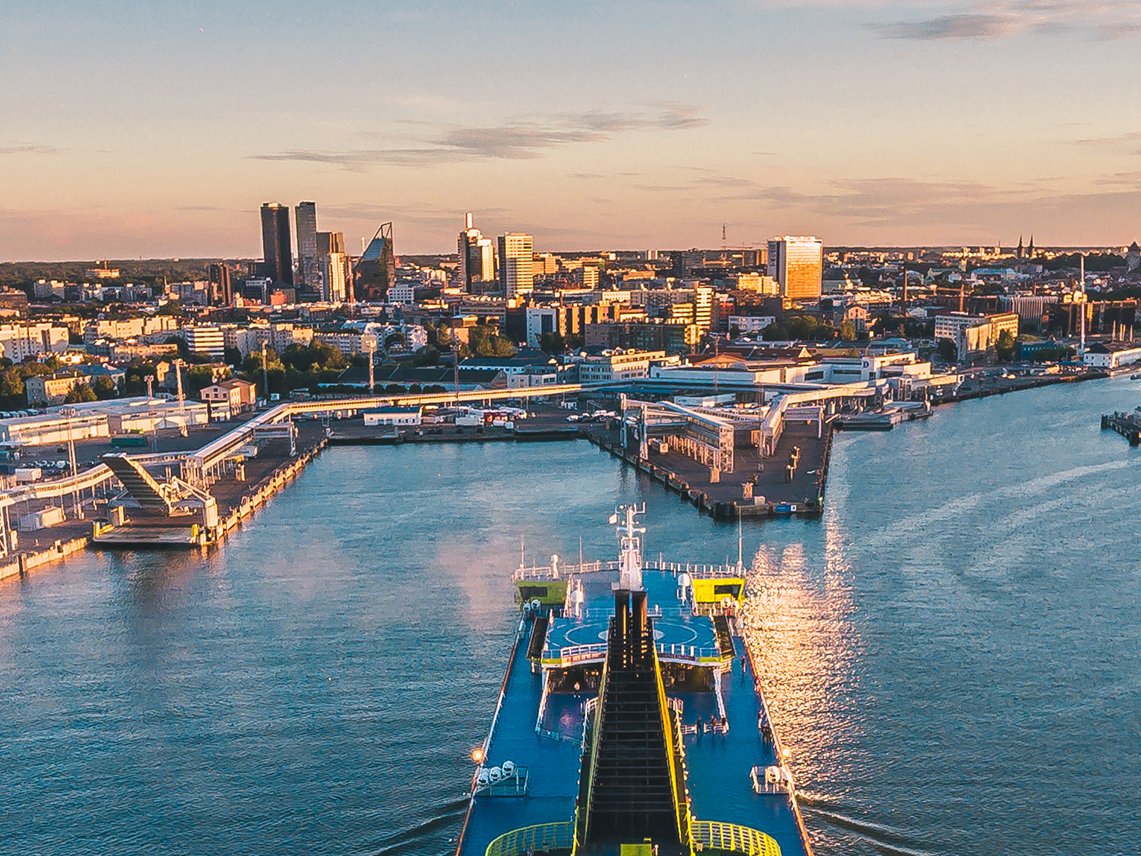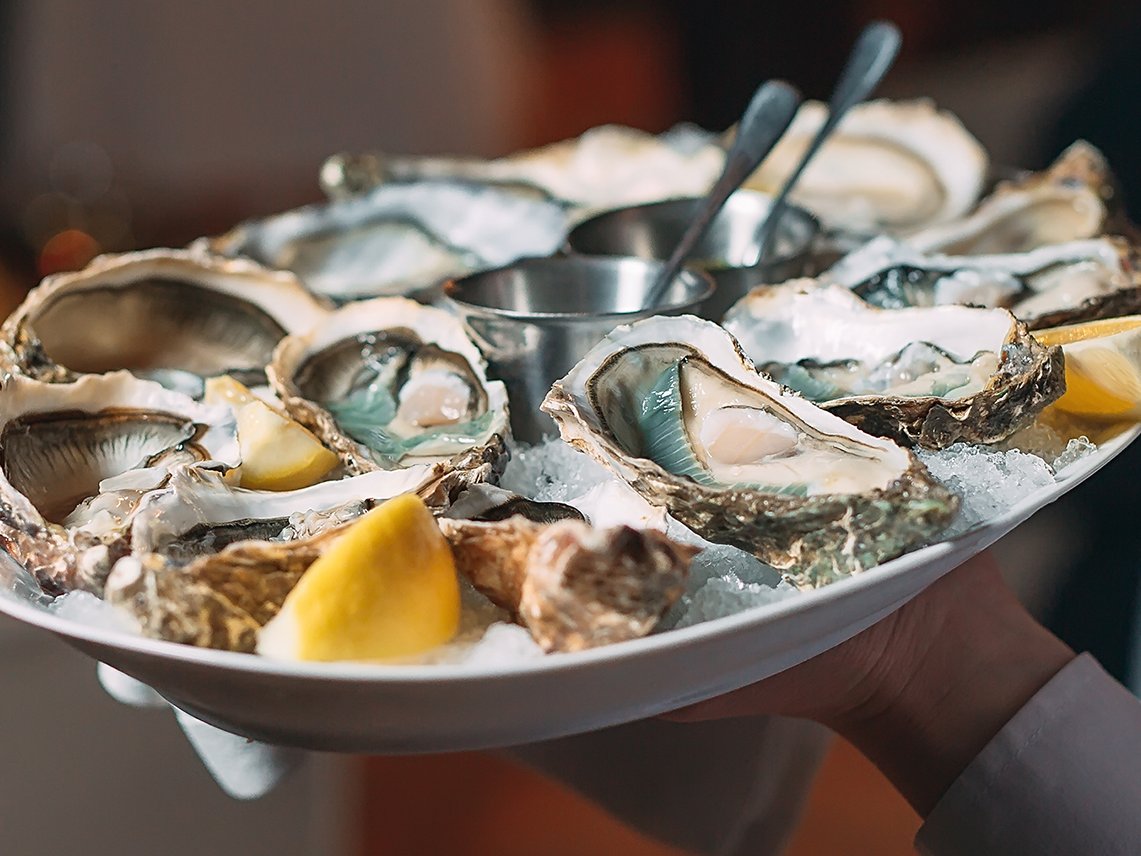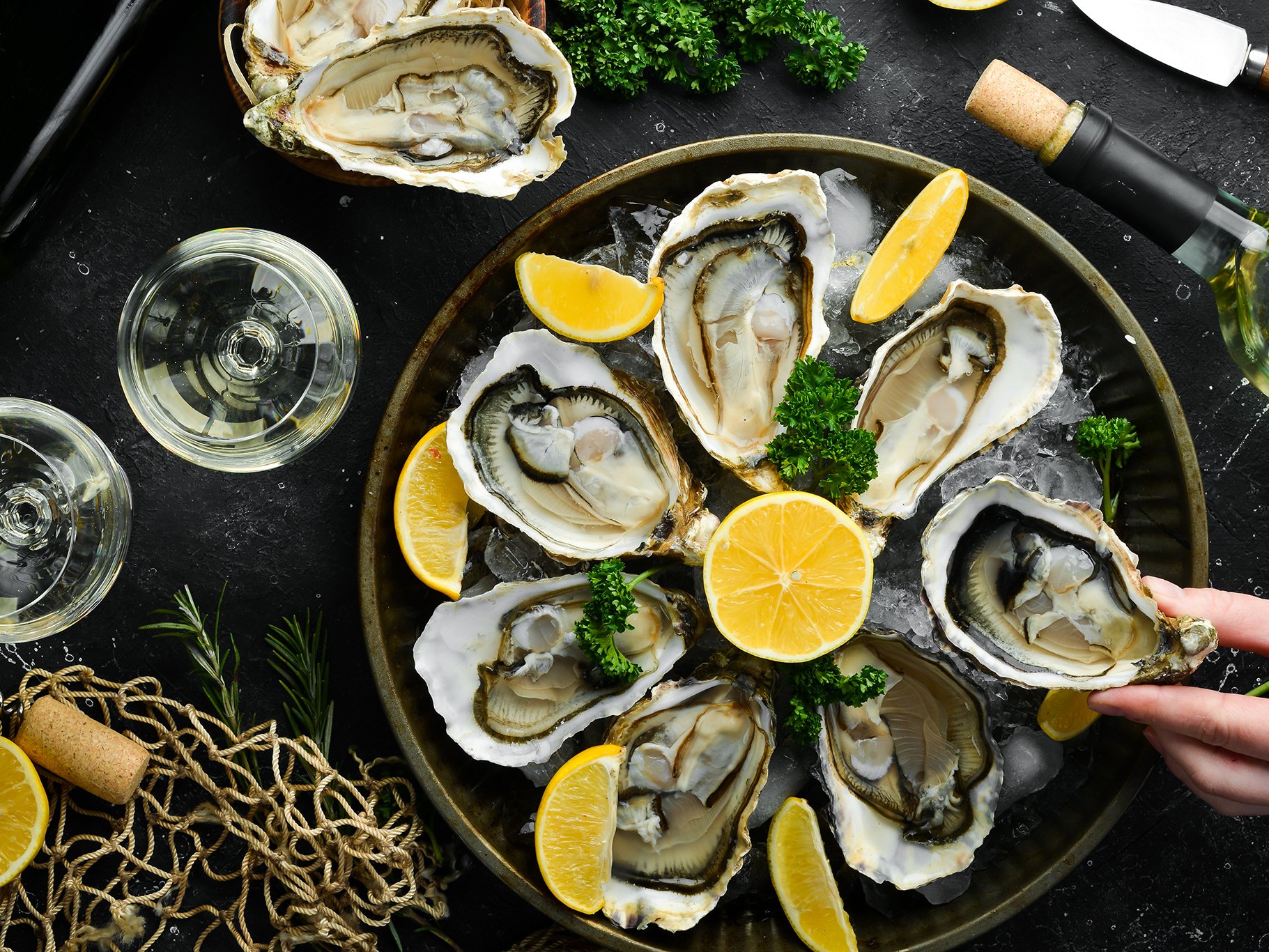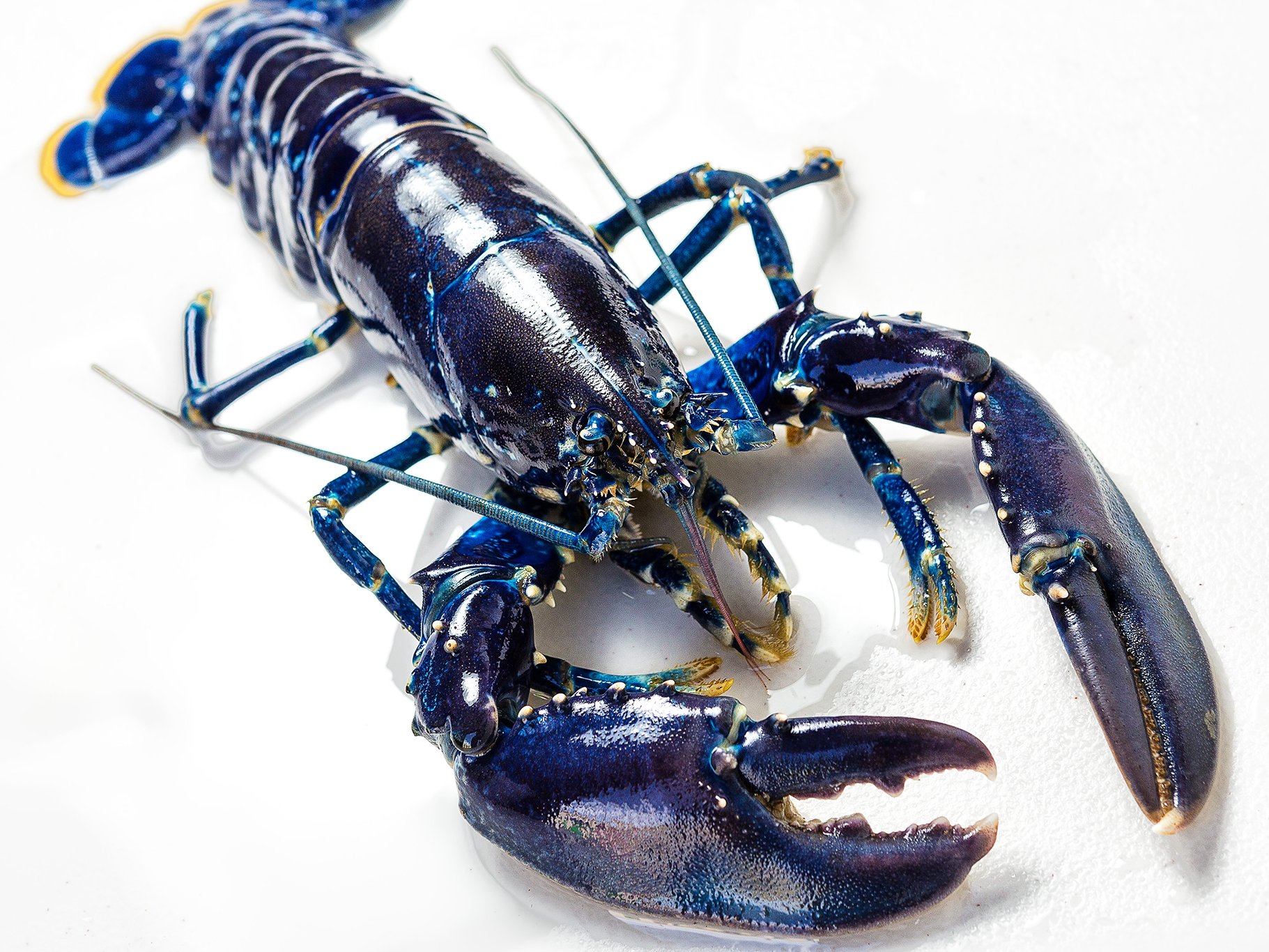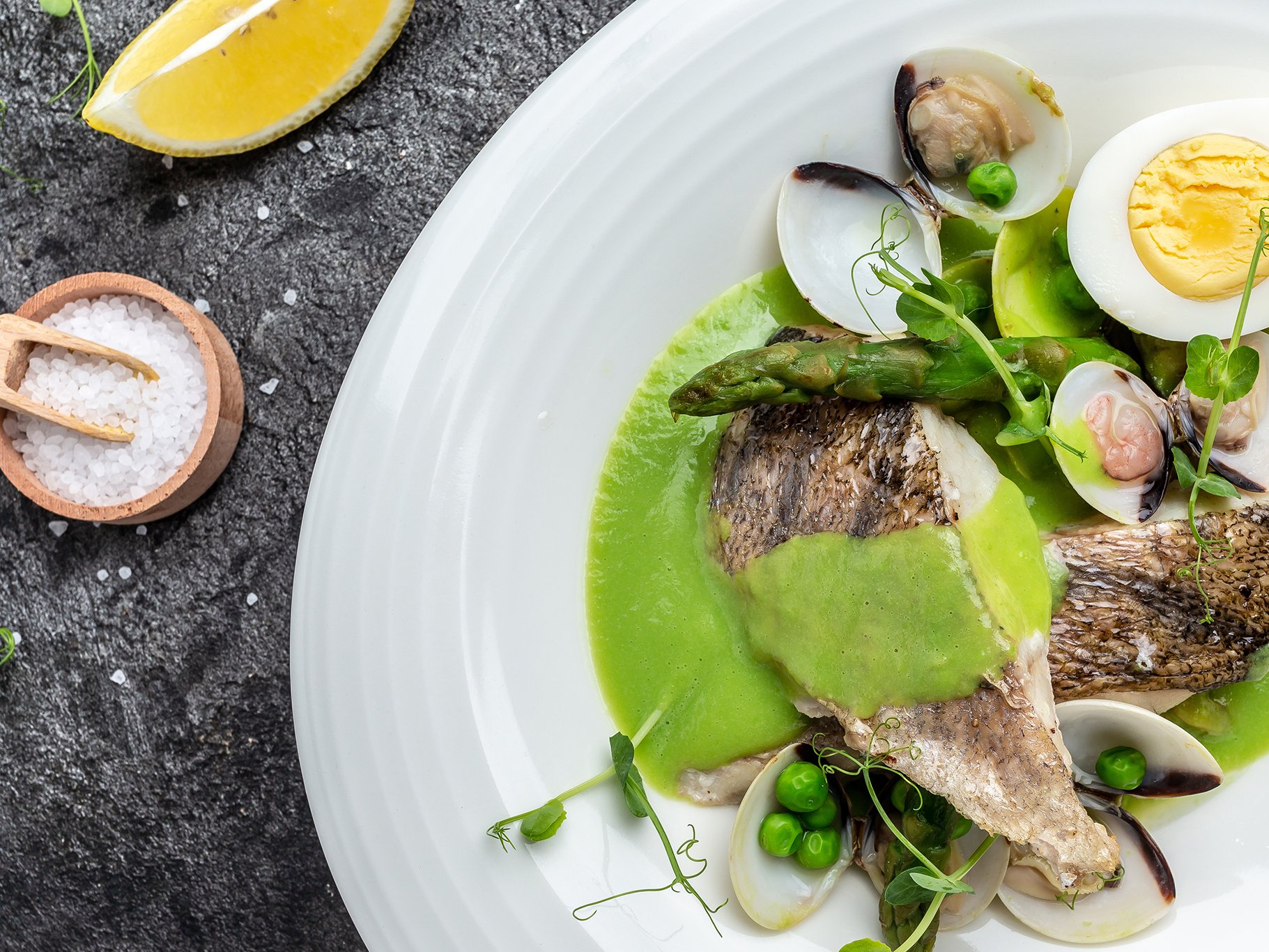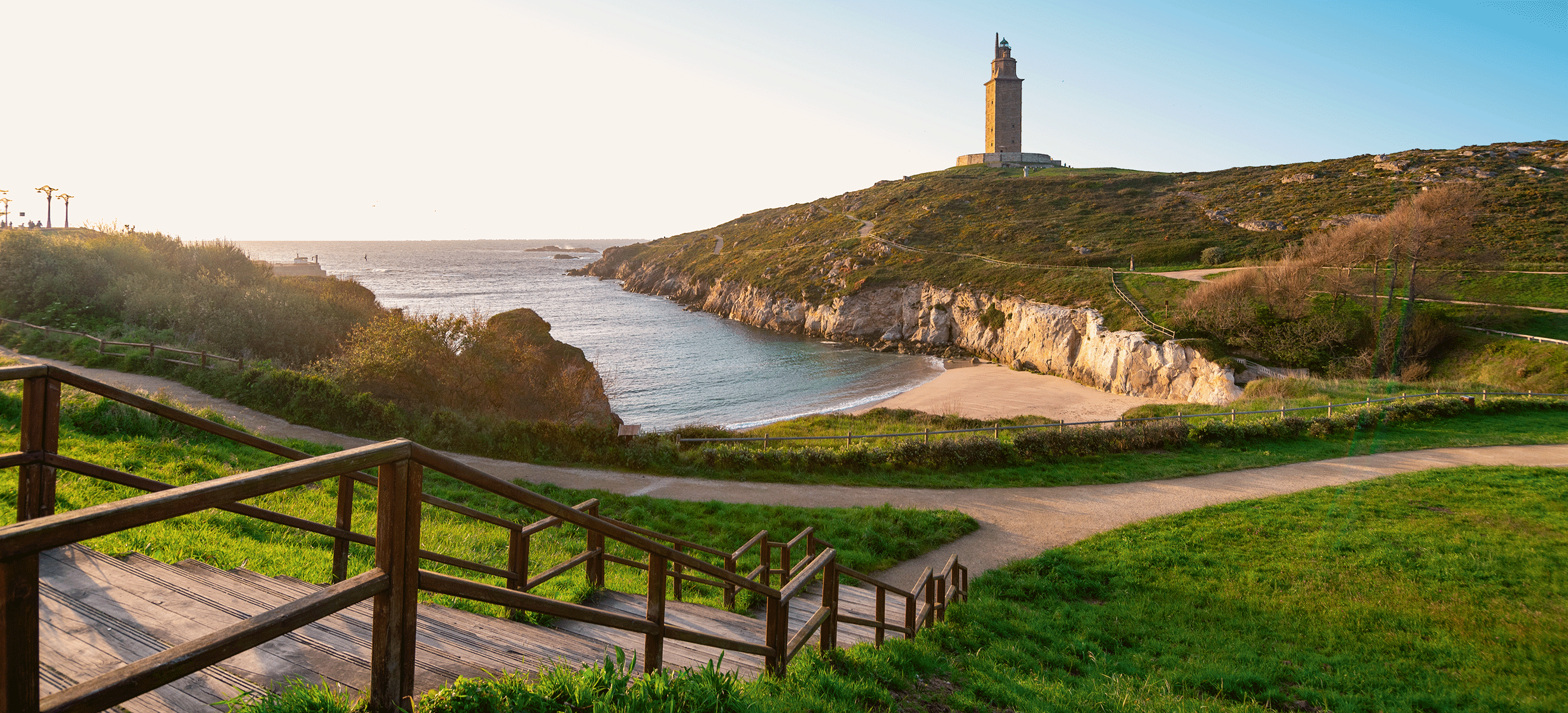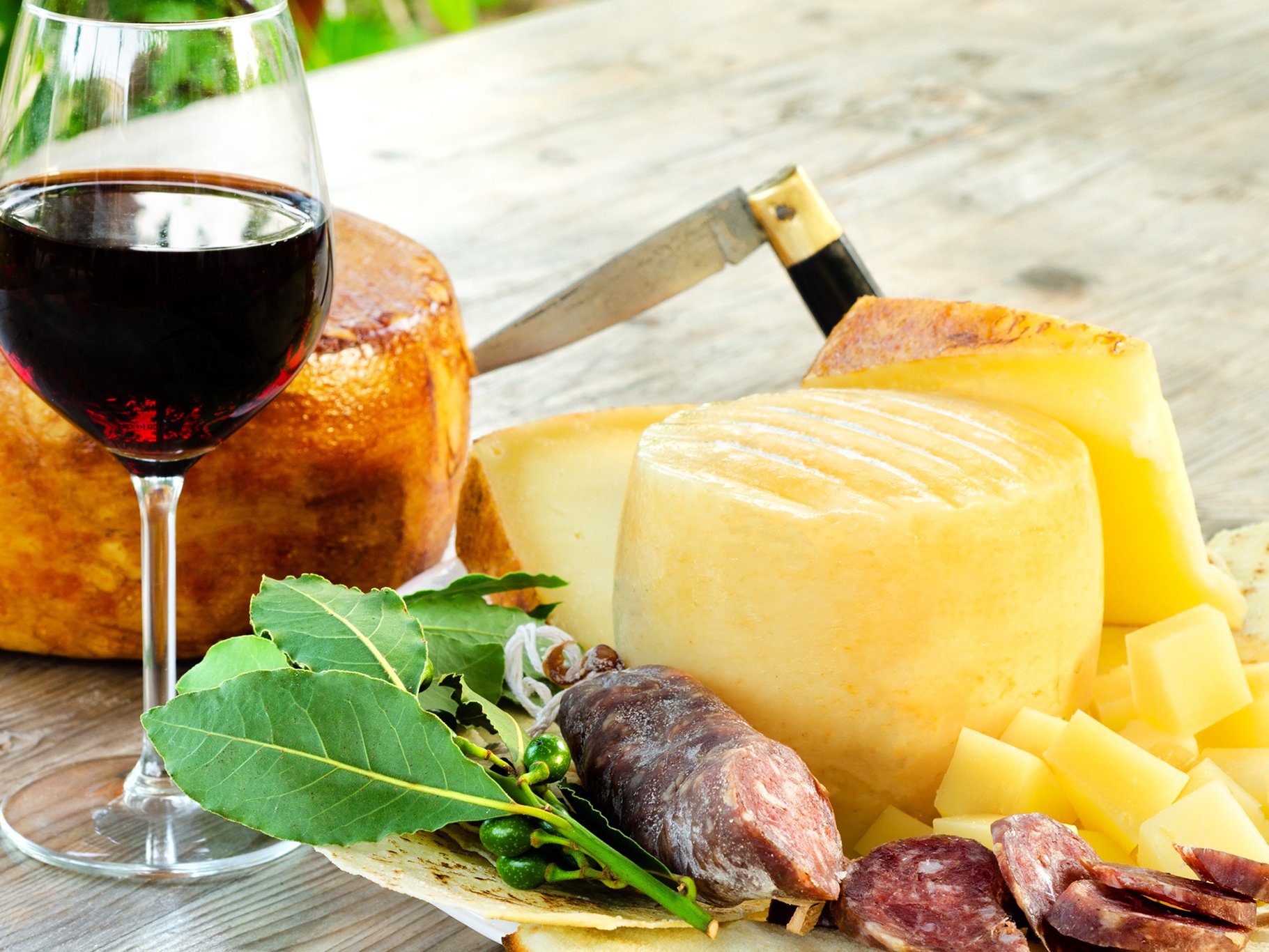Crustaceans at a Glance
Falstaff reveals all that is worth knowing about these tasty sea creatures from lobster and crab to prawns
Lobster
Lobster, Homarus gammarus, king of crustaceans. They can live for decades and grow up to 60cm long in coastal waters. Weighing in at around 500g to 800g they are known for their particularly tender, firm meat. The main fishing season is in the summer months.
The enormous claws of lobsters are not symmetrical; the larger of the two is for crushing and holding its prey, the smaller one is for cutting and tearing. Usually blue with red antennae when caught, they turn bright red when cooked due to a structural change in the crustacyanin protein.
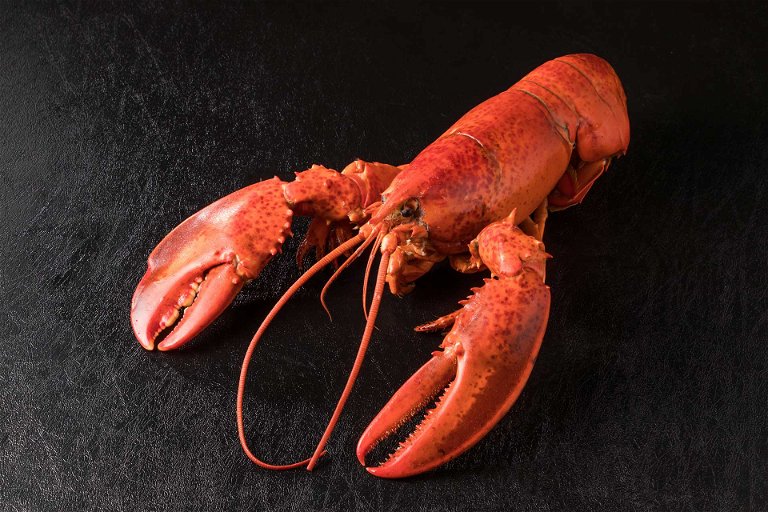
King Crab
Red king crab, Paralithodes camtschaticus, is a particularly noble delicacy and a native of the northern Pacific Ocean, from the Sea of Japan up to the Kamchatka Peninsula. These deep-sea inhabitants grow up to one metre in size, have a leg span of up to 1.5 metres and can weigh up to ten kilograms. Aside from mankind, king crabs have very few natural predators. Their legs and claws are often sold frozen.
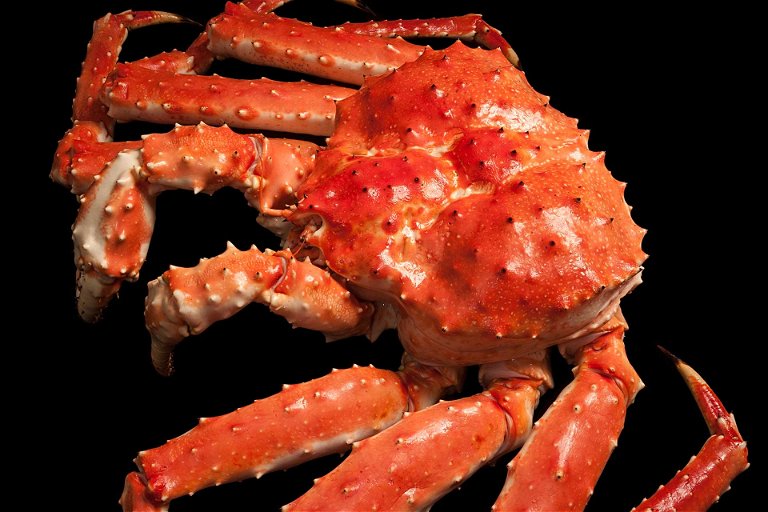
Norway Lobster
Norway lobsters, Nephrops norvegicus, are also known as Dublin Bay prawns, langoustine or scampi. They are related to the lobster, but are slimmer and rarely grow more than 25cm long. They are especially prized for their mild, sweet meat. Only the tail is used. Scampi and prawns are often confused but the distinction is quite easy: scampi have long claws, prawns do not.
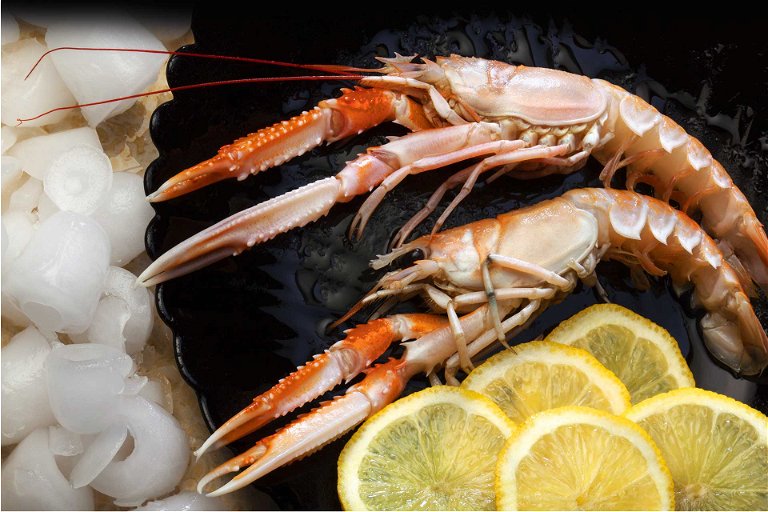
Langoustine
The lobster and the langoustine are very similar as decapod crustaceans. Unlike the lobster, however, the langoustine has no claws and its meat is somewhat lower in fat. On the other hand, its firm meat is just as delicate - and almost as expensive. In this country, it is mainly the European and Mauritanian lobster that are available.
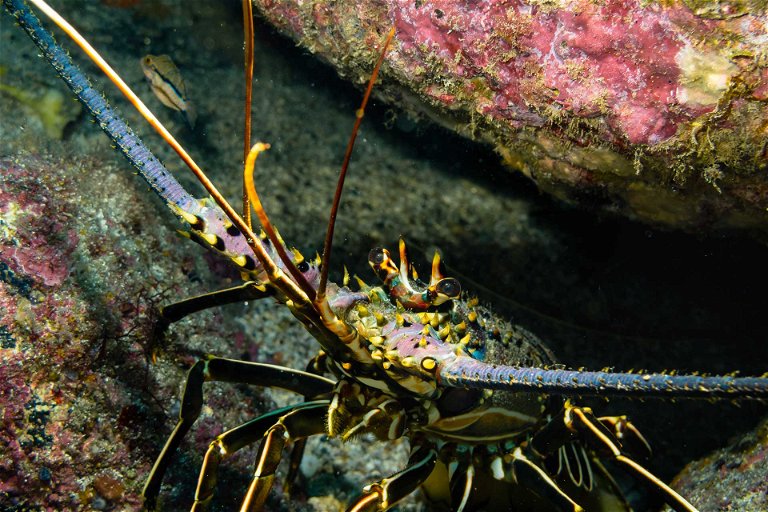
Prawns and Shrimp
Prawns and shrimp - the way we refer to these little creatures is a little murky at best. In Britain, the use of the word prawn tends to refer to the larger common prawn, Palaemon serratus, whilst shrimp tends to be used for the common shrimp, Crangon crangon, which are much smaller, brown crustaceans that are often served potted in lightly spiced clarified butter.
Our use of these two words is much more fluid than their taxonomical structure, thus in the US you are far more likely to hear the word shrimp than prawn. Actually the two species are quite different. Prawns have claws on three pairs of legs, whilst shrimp only have them on two pairs of their legs, additionally, they have different gill structures.
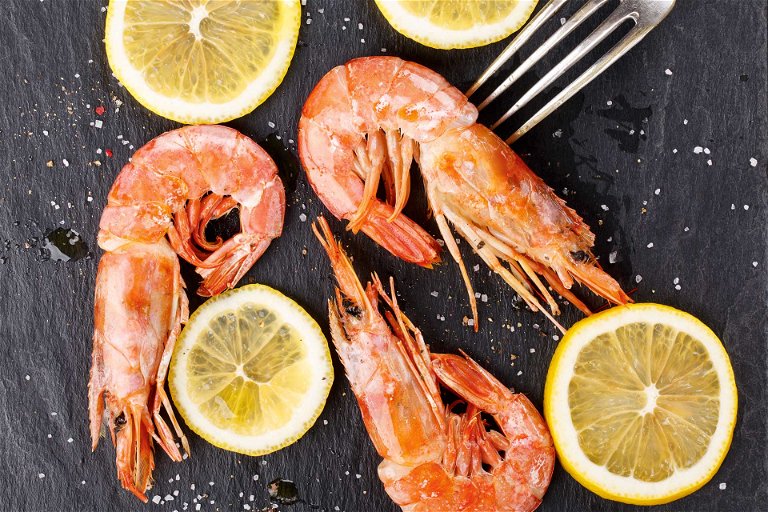
Brown Crab
The brown crab, or edible crab, Cancer pagurus, is commonly found in rock pools and crevices around the Atlantic coast and is the most important species of edible crab in Europe. Brown crab meat is found in the shell cavity at the top of the crab. This has a rich distinctive flavour and is less meaty than the moist, flaky, white meat which comes from the main shell, legs and claws. The former is very high in omega-3 whilst many consider the most flavoursome meat to come from the claws.
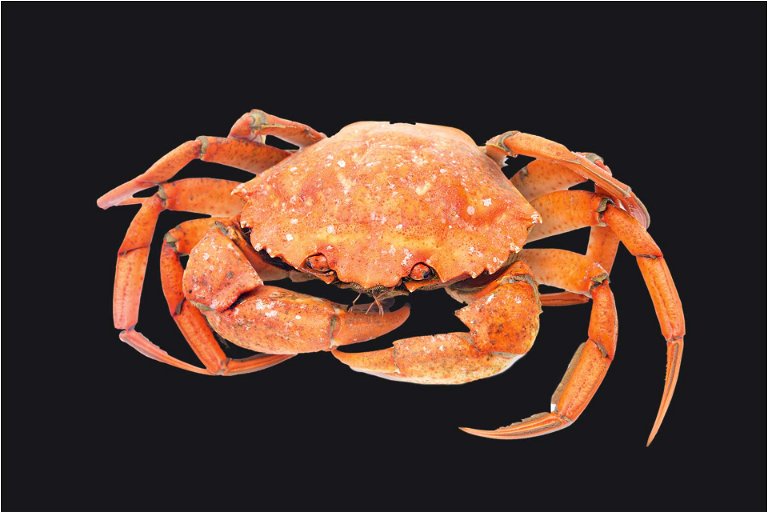
Soft-Shell Crab
The soft-shell crab is not a genus of its own, but the name for a crab that has just moulted its shell. Once shed, the new shell takes a few days to harden. Soft-shell crabs can be boiled, pan-fried, deep fried or grilled and are eaten whole. The meat is sweet and full of juicy crab flavour.
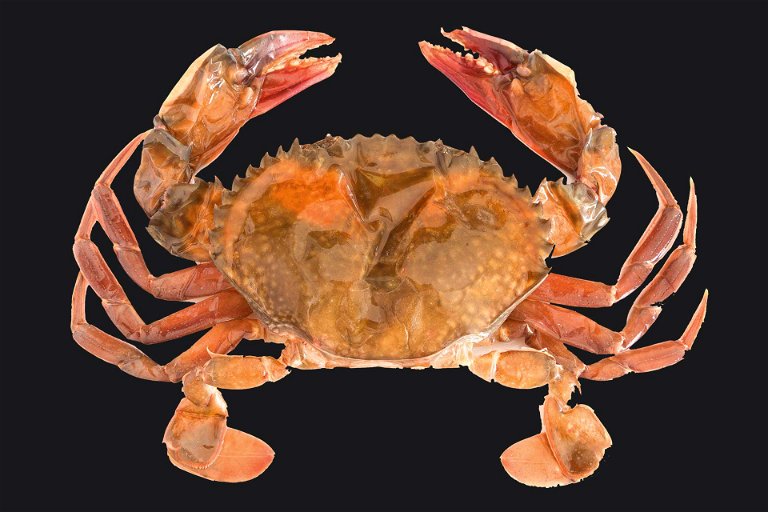
King Prawns
King prawns are simply large prawns often farmed in the US or Asia, which are marketed by size. Generally the larger the prawn, the higher the price. Giant tiger prawns, Penaeus monodon, with their distinctive black-and-white striped markings are native to the Arabian Sea and the Pacific Ocean. They were accidentally introduced to the east coast of America, and now thrive in the Gulf of Mexico and off the coast of Florida. All prawns have five pairs of swimming legs (pleopods) and five pairs of walking legs (pereopods).
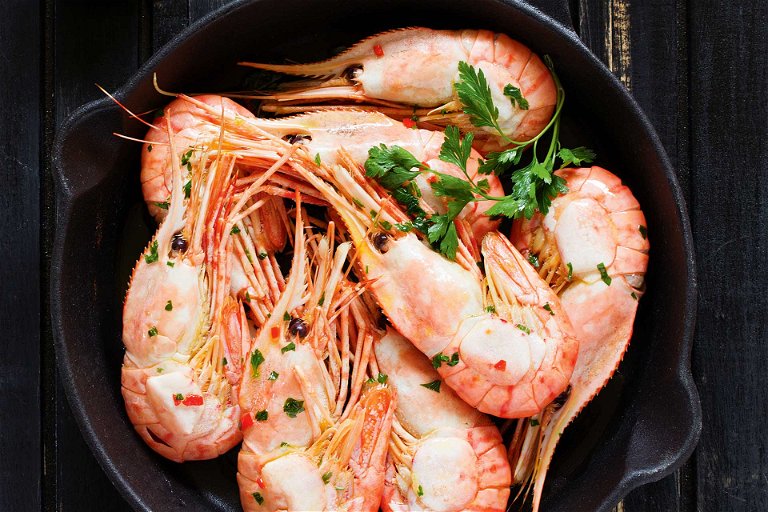
Aus dem Falstaff Magazin 02/2017.

